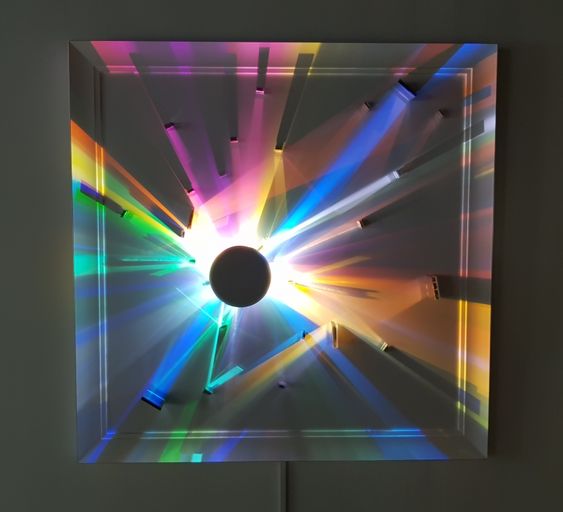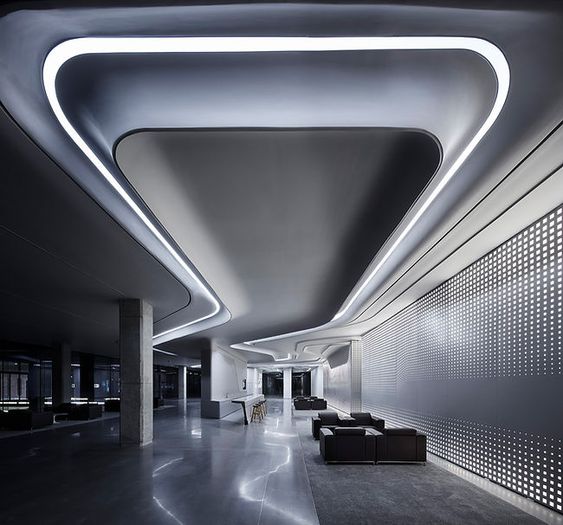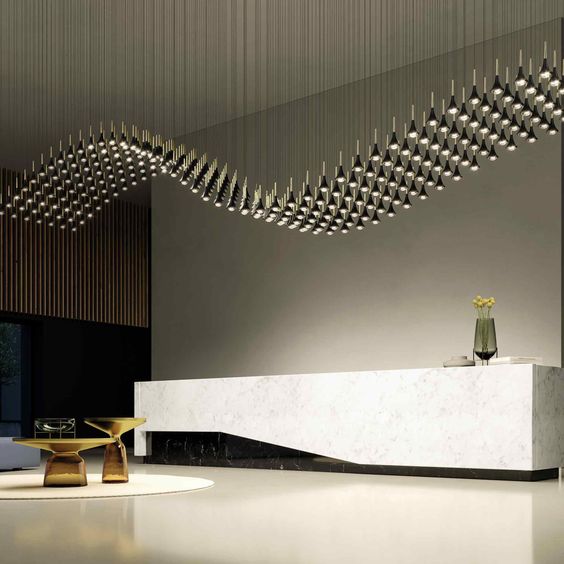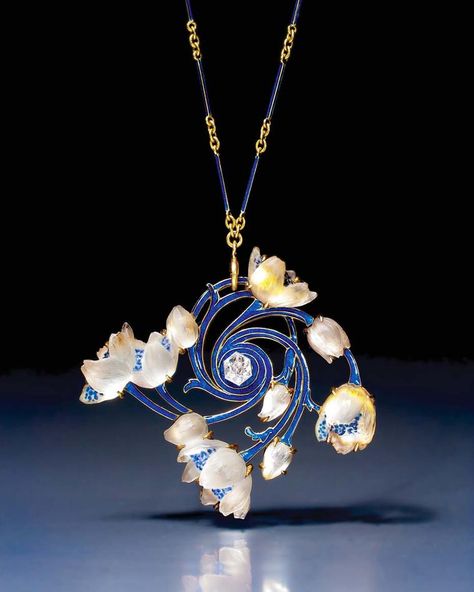Transforming Luxury Spaces: The Role of Lighting
Lighting plays a crucial role in transforming luxury spaces and creating a luxurious ambiance. Whether it’s a luxury home, a high-end restaurant, or a boutique hotel, the right lighting design can elevate the overall aesthetic and create a sense of indulgence and opulence. With the advancement in lighting technology, designers and architects now have a wide range of options to create customized lighting solutions that cater to the specific needs of luxury spaces.
This blog post examines the importance of lighting in the luxury lifestyle and explores how it can transform ordinary spaces into extraordinary ones. Whether you are a luxury homeowner, a designer, or simply someone interested in the world of luxury, this blog post will provide valuable insights into the role of lighting in creating luxurious environments. So, let’s delve into the world of luxury lighting and discover how it can truly transform spaces.
Understanding the impact of lighting in luxury spaces
Lighting is a pivotal element in shaping the ambience of luxury spaces. It is crucial in influencing mood, highlighting architectural features, and creating a visually pleasing atmosphere. Properly designed lighting enhances the overall aesthetic appeal, transforming a space from ordinary to extraordinary.
The impact of lighting on luxury spaces goes beyond mere functionality. Strategic lighting design is an art that architects and interior designers employ to evoke specific emotions and enhance the overall experience within a space. Whether it’s accentuating artwork, defining focal points, or setting a cozy mood, the placement and intensity of lights can significantly influence the perception of a luxurious environment.
In high-end residential spaces, carefully selected fixtures and customized lighting solutions contribute to the unique character of each room. The use of smart lighting technologies further adds to the luxury experience, allowing residents to control and personalize the lighting according to their preferences.
In commercial luxury spaces, such as hotels, restaurants, and boutiques, lighting is a powerful tool to create a memorable and immersive brand experience. From welcoming entrances to stylish product displays, lighting design plays a pivotal role in conveying the brand’s identity and values.
Understanding the impact of lighting in luxury spaces involves considering factors like color temperature, layering of light, and the integration of natural light. By recognizing the nuanced effects of different lighting elements, designers and architects can curate environments that resonate with sophistication and opulence. As we delve deeper into the subject, we’ll unravel the intricacies of lighting design, providing insights into how it shapes the essence of luxury spaces.
The art and science of lighting design

Lighting design is both an art and a science, seamlessly blending aesthetics with technical precision to create visually captivating and functional spaces. The artistry lies in the strategic placement of light sources, enhancing architectural features and guiding the eye within a space. Simultaneously, science involves understanding the principles of illumination, colour temperature, and the psychological impact of lighting on human perception.
In architectural settings, lighting designers meticulously consider the geometry of the space, ensuring that each area receives the appropriate illumination to serve its purpose. The interplay of light and shadow becomes a choreographed dance, shaping the ambiance and mood of the environment.
The science of lighting design delves into the technical aspects, including the selection of fixtures, color rendering, and energy efficiency. Advancements in lighting technology, such as LED systems and smart controls, provide designers with a palette of tools to craft dynamic and sustainable lighting solutions.
Effective lighting design prioritizes the needs and experiences of the end-users. In residential spaces, it involves creating versatile lighting schemes that accommodate various activities, from focused work to relaxed leisure. Commercial spaces, on the other hand, utilize lighting to reinforce brand identity and influence customer behavior.
The synergy between art and science in lighting design is evident in its transformative power. A well-designed lighting scheme has the ability to elevate a space, evoke emotions, and enhance the overall quality of human experience. As we explore the intricacies of lighting design, we uncover the methods and considerations that professionals employ to master this harmonious blend of art and science.
Choosing the right lighting fixtures for luxury spaces
Selecting the perfect lighting fixtures for luxury spaces involves a thoughtful process that combines aesthetics, functionality, and overall design coherence. Here’s a guide to help you navigate through the decision-making journey:
- Understand the Space: Begin by comprehending the purpose and layout of the space. Identify key areas that require different lighting applications.
- Consider Style and Theme: Align the choice of lighting fixtures with the overall style and theme of the luxury space. Whether it’s modern, traditional, or eclectic, the fixtures should seamlessly integrate.
- Assess Natural Light: Evaluate the amount of natural light the space receives. This influences the intensity and type of artificial lighting required.
- Layered Lighting Approach: Implement a layered lighting design, combining ambient, task, and accent lighting. This creates a balanced and visually appealing atmosphere.
- Fixture Size and Scale: Ensure that the size and scale of the fixtures are proportional to the room. Oversized or undersized fixtures can disrupt the harmony of the space.
- Quality of Materials: Opt for fixtures made from high-quality materials. This not only enhances the aesthetic appeal but also contributes to the longevity of the fixtures.
- Energy Efficiency: Consider energy-efficient lighting options, such as LED fixtures. They not only reduce utility costs but also align with sustainable practices.
- Dimming Capability: Choose fixtures with dimming capabilities to control the intensity of light based on the time of day or specific activities.
- Maintenance and Cleaning: Factor in the ease of maintenance and cleaning. Select fixtures that are practical to keep in pristine condition.
By actively considering these elements, you can confidently select lighting fixtures that complement the luxury and sophistication of the space, creating an ambiance that aligns with your vision.
Incorporating smart lighting technology for modern luxury spaces

Integrating smart lighting technology into modern luxury spaces enhances both functionality and ambiance. Here’s a comprehensive guide on how to seamlessly incorporate this cutting-edge technology:
- Assess Space Requirements: Begin by understanding the unique lighting needs of different areas within the luxury space.
- Choose Appropriate Smart Bulbs: Opt for smart bulbs compatible with voice assistants like Alexa or Google Home for easy control.
- Smart Dimming Solutions: Invest in smart dimming systems to adjust the brightness levels according to specific preferences and activities.
- Motion-Activated Lighting: Implement motion-activated lights in key areas for energy efficiency and convenience.
- Smart Lighting Control Systems: Utilize centralized control systems for easy management of all smart lighting fixtures in the space.
- Consider Color Temperature: Choose smart bulbs that offer a range of color temperatures to create different moods and atmospheres.
- Sync with Natural Light Patterns: Integrate systems that sync with natural light patterns, promoting circadian rhythm and well-being.
- Incorporate Smart Sensors: Employ smart sensors to detect occupancy and adjust lighting accordingly, contributing to energy conservation.
- Security Lighting: Use smart lighting for security purposes, with features like programmed lighting schedules to mimic presence.
- Remote Accessibility: Ensure remote accessibility through smartphone apps for control even when away from the premises.
By actively incorporating these smart lighting solutions, modern luxury spaces not only become more efficient but also offer a heightened level of comfort and sophistication to occupants.
Lighting as a transformative element in interior design
Lighting serves as a transformative element in interior design, exerting a profound influence on the ambiance and aesthetics of any space. Employing the right lighting techniques can dynamically alter the perceived size, mood, and functionality of a room.
Effective use of lighting not only illuminates spaces but also accentuates architectural features and decor elements. By strategically placing fixtures, designers can draw attention to focal points and create a visually appealing hierarchy within the room.
Transitioning from ambient to task-specific lighting seamlessly adapts the environment to different activities and occasions. Dimmers and smart controls enhance the adaptability, allowing occupants to tailor the lighting to their needs.
Incorporating natural light, when possible, further transforms spaces by introducing dynamic qualities and fostering a connection with the outdoors. Harnessing the interplay between natural and artificial light can evoke a sense of warmth and openness.
The integration of statement light fixtures serves as both functional illumination and artistic expression. Pendant lights, chandeliers, and unique fixtures become focal points, adding character and style to the overall design.
Moreover, the color temperature of light sources influences the mood. Cooler tones create a crisp, contemporary feel, while warmer hues impart a cozy and inviting atmosphere.
Ultimately, understanding and skillfully manipulating lighting within interior design is an active and creative process, elevating spaces beyond mere functionality to evoke specific emotions and enhance the overall experience for occupants.
Creating unforgettable luxury experiences through lighting
To conclude, lighting plays a crucial role in transforming luxury spaces and creating unforgettable experiences. By carefully selecting and strategically placing lighting fixtures, designers are able to enhance the ambiance, highlight architectural features, and create a sense of luxury and elegance.
Whether it’s in hotels, restaurants, retail stores, or high-end residences, lighting has the power to elevate spaces and leave a lasting impression on guests and clients. To embark on a journey of transforming your space, consult with our team of experienced lighting professionals. Together, we can bring your vision to life and create an environment that exudes luxury and sophistication.








